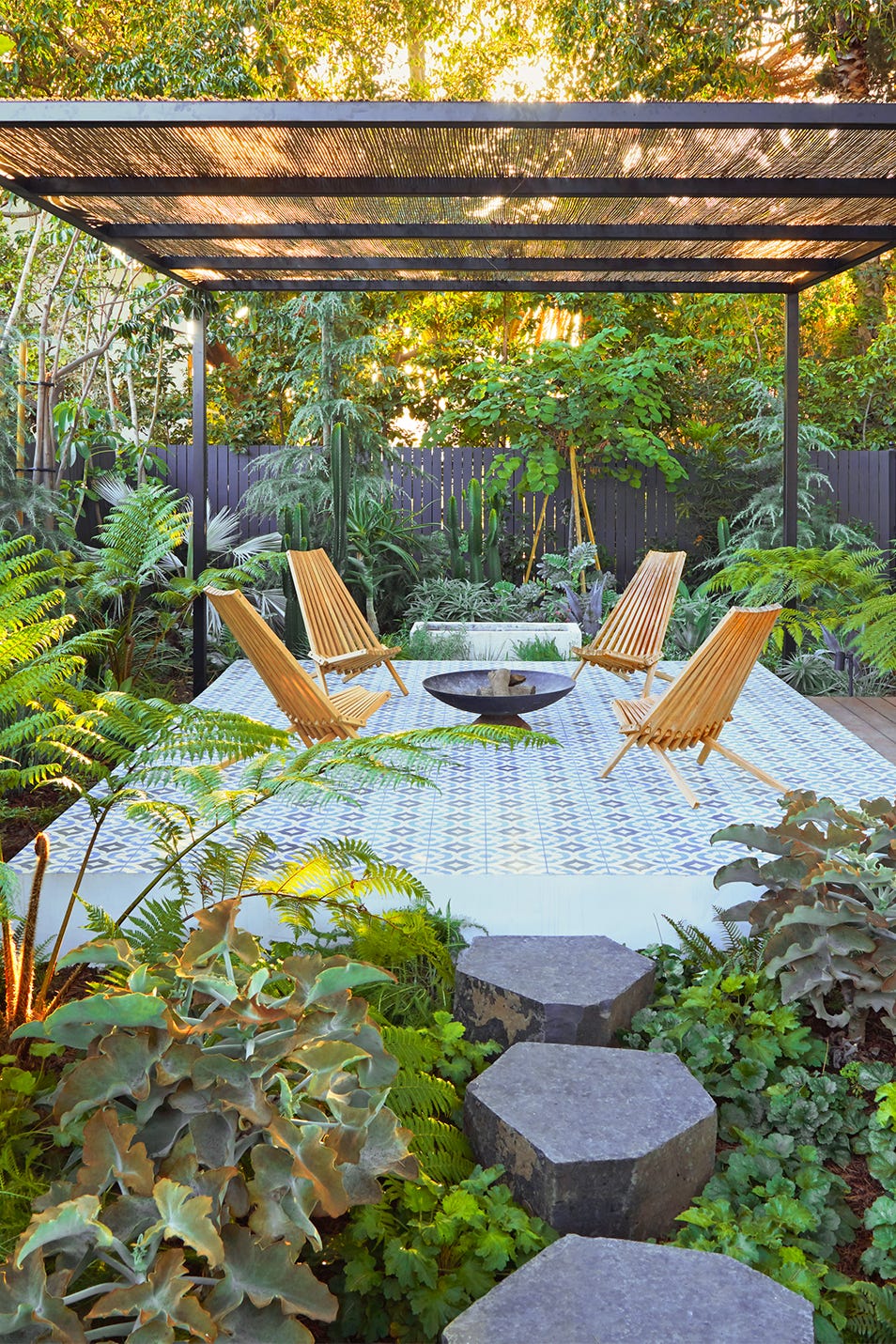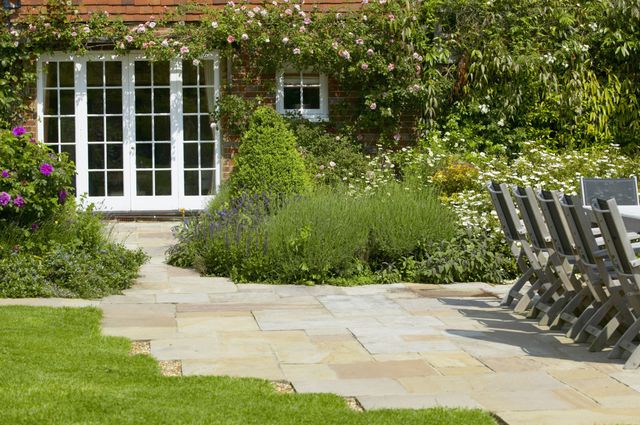Professional Landscaping Contractor Jacksonville: Changing Your Outside Spaces
Professional Landscaping Contractor Jacksonville: Changing Your Outside Spaces
Blog Article
Elevate Your Residential or commercial property's Aesthetic With Lasting Landscaping Layouts and Eco-Friendly Practices

Advantages of Sustainable Landscaping
Executing lasting landscape design methods not just saves natural resources but likewise advertises biodiversity and improves overall ecological health. One substantial advantage is the decrease of water usage with the use of drought-resistant plants, rain gardens, and reliable watering systems.
Additionally, sustainable landscaping can boost dirt wellness by lessening using chemical fertilizers and pesticides, consequently producing a much healthier atmosphere for plant development and valuable dirt microorganisms. This, in turn, boosts the total strength of the landscape to stand up to environmental stress factors and climate adjustment effects - bush removal Jacksonville. Additionally, sustainable landscape design methods can draw in diverse wildlife, consisting of pollinators like butterflies and bees, fostering a more vibrant and balanced environment within the building
Incorporating Indigenous Plants
To build on the benefits of lasting landscaping, a critical concentrate on including native plants can even more enhance environmental resilience and promote biodiversity within the landscape. Indigenous plants are species that naturally take place in a particular area and have actually developed to prosper in the regional climate, soil problems, and ecological community. By including native plants in landscaping styles, homeowner can decrease water usage, decrease the requirement for chemical pesticides and plant foods, and sustain the neighborhood wildlife population.
Including native plants additionally helps in maintaining the one-of-a-kind personality and identity of an area's vegetation. These plants typically require much less maintenance once developed, making them a cost-effective and lasting landscape design service in the future. In addition, native plants can draw in native pollinators like butterflies and , adding to the general health and wellness of the ecosystem.
When selecting native plants for landscaping projects, it is important to select varieties that are appropriate to the specific ecological conditions of the site. Consulting with neighborhood baby rooms or arboretums can give important advice on choosing the ideal indigenous plants for a certain location. By integrating indigenous plants into landscaping styles, property owners can develop stunning, lasting outdoor spaces that profit both the area and the environment.

Water Conservation Strategies
Effective irrigation approaches play an essential role in lasting landscape design practices, guaranteeing optimal water conservation efforts in outside spaces. Applying techniques such as drip irrigation, rain harvesting, and clever watering systems can substantially lower water wastage while maintaining a healthy landscape. Leak irrigation supplies water straight to the origins of plants, reducing dissipation and drainage. Rainwater harvesting entails accumulating rainwater from roof coverings and keeping it for later use in watering, lowering the reliance on municipal water resources. Smart irrigation systems make use of weather condition information and soil wetness degrees to adjust watering schedules, avoiding overwatering and advertising water efficiency.
Along with sophisticated irrigation approaches, xeriscaping is another water-saving landscape design technique that focuses on utilizing drought-resistant plants, mulch, and reliable watering to produce a low-water landscape layout - landscaping company Jacksonville. By choosing native plants that are well-suited to the neighborhood climate and dirt problems, residential or commercial property owners can reduce the need for extreme watering, ultimately preserving water and advertising a sustainable exterior setting
Eco-Friendly Hardscaping Ideas
Enhancing exterior spaces with environmentally friendly hardscaping features can add dramatically to sustainable landscaping practices. When taking into consideration hardscaping aspects, choose materials like redeemed timber, recycled concrete, or natural rock to lessen environmental impact. These materials not just include a distinct aesthetic attract your exterior room yet also decrease the requirement for new resources removal.
Executing absorptive paving options such as gravel or absorptive concrete can help in reducing water drainage and advertise groundwater recharge. These choices permit rainwater to seep right into the ground, avoiding disintegration and reducing the concern on stormwater systems.
Incorporating native plants right into hardscaping designs can even more enhance eco-friendliness by supporting local wild animals and lowering the requirement for excessive watering or chemical therapies. By including upright yards or green walls, you can introduce much more plant life right into metropolitan settings, boosting air top quality and biodiversity.
Incorporating energy-efficient illumination, such as solar-powered LEDs, right into hardscaping layouts go to my blog can decrease power usage and reduced your residential or commercial property's carbon impact. Prioritizing eco-friendly hardscaping concepts not only improves the elegance of your outside area but also demonstrates a dedication to environmental stewardship.
Maintenance Tips for Sustainable Landscapes
On a regular basis prune plants to advertise healthy and balanced growth and prevent overgrowth that can lead to pest infestations or diseases. Use organic plant foods to nourish the soil and plants without dangerous chemicals that can leach right into the atmosphere. For hardscaping aspects, such as absorptive pavers or rock pathways, routinely clean them to avoid particles accumulation and keep their performance. By remaining aggressive with maintenance jobs, you can maintain the charm and sustainability of your landscape for several years to come.
Conclusion
Finally, sustainable landscaping techniques offer various advantages for homeowner, from boosting the visual charm of the surroundings to promoting environmental conservation. By including indigenous plants, executing water preservation strategies, and using environment-friendly hardscaping ideas, residential property proprietors can create attractive landscapes that are likewise ecologically accountable. With correct maintenance, sustainable landscapes can flourish and contribute to a much healthier ecosystem for both people and wild animals.
Additionally, sustainable landscaping can boost soil health and wellness by minimizing the use of chemical plant foods and pesticides, thereby developing a much healthier environment for plant development and advantageous soil microorganisms.To construct upon the benefits of lasting landscape design, a critical focus on including indigenous plants can he said additionally enhance ecological durability and promote biodiversity within the landscape. By consisting of indigenous plants in landscape design styles, building owners can minimize water usage, lessen the need for chemical pesticides and plant foods, and sustain the regional wildlife populace.
These plants often call for much less upkeep once established, making them a economical and lasting landscaping remedy in the lengthy run. By incorporating native plants right into landscaping styles, home owners can produce lovely, lasting outside their website spaces that profit both the setting and the community.
Report this page